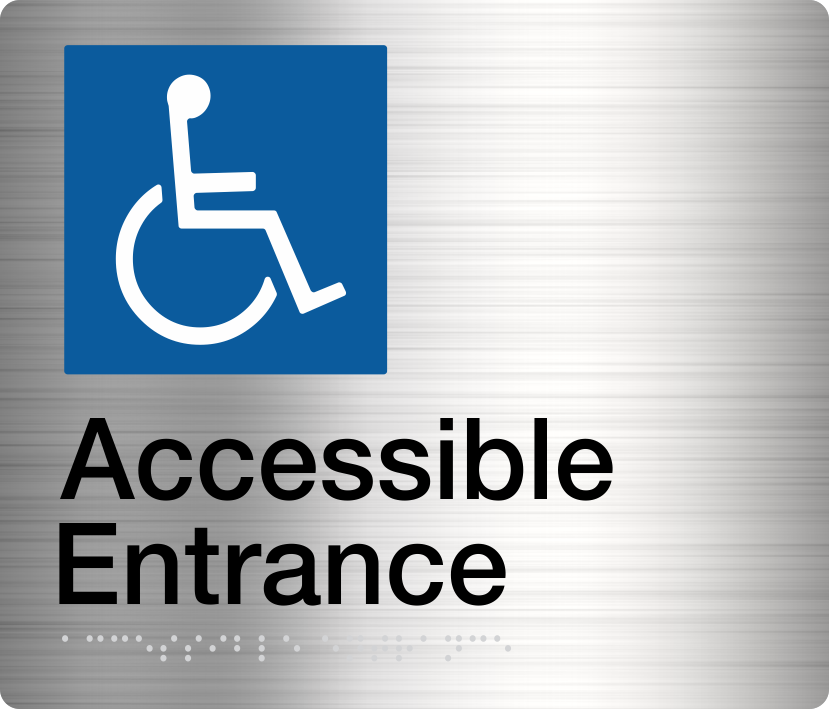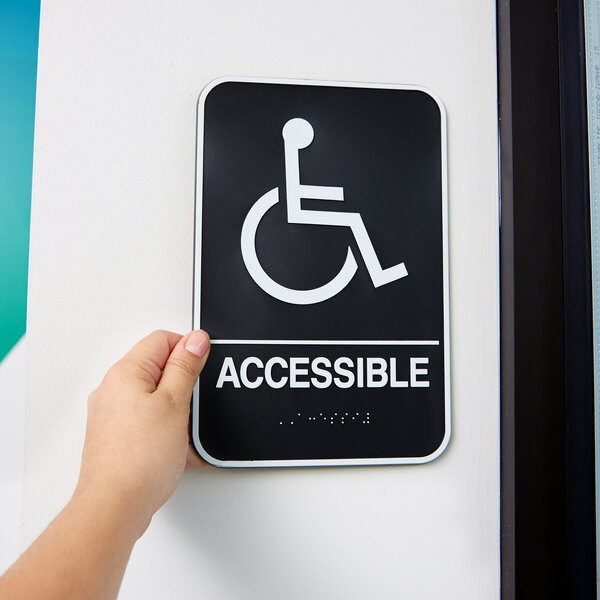
Understanding Tactile and Braille Signage: Complying with BCA Standards
In the realm of signage, where visual communication is paramount, there exists a realm that often goes unnoticed by the able-bodied: tactile and braille signage. Before 1990, these elements were absent from our design landscape, but today, they play a crucial role in making signage accessible to those with visual impairments. Furthermore, they are mandated by the Building Code of Australia (BCA), ensuring inclusivity for all.
Let’s delve into the nuances of tactile and braille signage to comprehend their distinctions and why they are essential for your business’s compliance with BCA standards.
Table of Contents
Tactile Signage: An Introduction
What Is A Tactile Sign? Tactile signage, as the name suggests, is designed to be read through touch. These signs cater primarily to individuals who have developed visual impairments later in life, enabling them to identify letters and symbols through touch.
Imagine a set of plastic alphabet magnets on a kitchen refrigerator that children and parents use to form words. Tactile signage mirrors this concept with 3D letters and raised symbols, making them easily distinguishable by touch.
Tactile Signs & BCA Standards Tactile text is often used alongside pictograms to label or identify different areas, such as a “NO SMOKING” zone. BCA standards mandate the placement of tactile signs near exit doors, passageways, and exit stairways. For instance, the universally recognized “STAIRS” sign features an ascending-descending stairway, while the “EXIT” sign is represented by a human figure heading towards a door.
Key characteristics that define tactile signage as BCA-compliant include:
- Use of all-uppercase letters
- Sans-serif fonts (with exceptions)
- Minimum spacing of ⅛-inch between characters
- Smooth edges
- Easily distinguishable accessibility symbols
- Non-glare finish
Braille Signage: A Comprehensive Look
What Is A Braille Sign? Braille is a tactile writing system primarily used by individuals with visual impairments, including those who are blind, deafblind, or have low vision. This system employs raised dots in varying patterns to represent different characters and can be read both through touch and sight. Braille is also adopted by many cultures and languages, making it a universal literacy tool.
Braille Signs & BCA Requirements BCA-compliant signage extensively incorporates braille, specifically Grade 2 braille, which includes contractions for increased reading speed. To meet BCA standards, braille signage must adhere to the following criteria:
- Braille uppercase letters should only precede the first word of sentences, proper nouns, names, individual letters, initials, and acronyms.
- Braille should have a domed or rounded shape.
- It must be positioned below the corresponding text.
- Maintain a minimum spacing of ⅜ inches from other tactile characters, raised borders, or other elements.
- Braille should be scaled to the appropriate size.
- Braille signage is required in various locations, including restrooms, floor designations, car designations, and elevator buttons.

Trust Identity Group for BCA-Compliant Signage
Ensuring your signage complies with BCA requirements is paramount for inclusivity and accessibility. At Identity Group, we offer a diverse range of beautifully designed BCA-compliant signage. Rest easy, knowing that your signage will meet the highest standards of accessibility as mandated by the Building Code of Australia. Order your BCA-compliant signage today and embrace inclusivity effortlessly.



